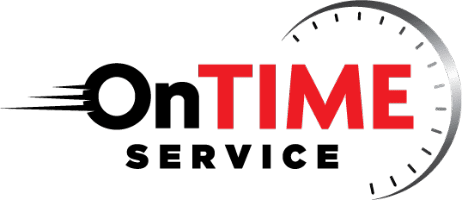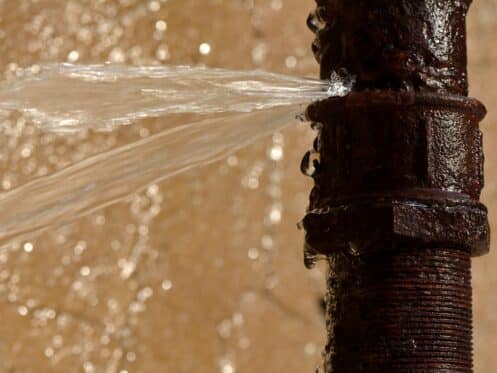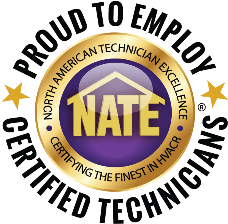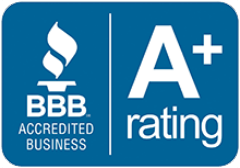One of the best ways to protect your Henderson, KY home is by taking good care of your plumbing system. Cracked pipes, loose connections, and broken seals can leave you with damaged drywall, rotten sub-floors, and foundation issues. From mold problems and indoor air quality concerns to a fast-declining property value, plumbing leaks can wreak havoc on your investment. The following are five common causes of water leaks and how to avoid them.
1. Dirty Drains and Clogged Drain Lines
Dirty, ill-maintained drains are an all-too-common cause of plumbing leaks. While you might not be bothered by a drain that’s smelly and slow-moving, the related build-up could be causing excess pressure within your pipes.
Both aging pipes and newer pipes that have already sustained excessive wear can eventually give out. Worse still, the resulting leaks are often concealed by drywall. Slow, hidden leaks that fester unnoticed for weeks can cause water damage that costs far more to resolve than the leaks themselves.
The likelihood of cracked or ruptured pipes greatly increases when homeowners use corrosive drain cleaning chemicals. Although store-bought drain cleaners can sometimes break soft, organic debris down, when they’re unable to clear clogs and remain trapped in pipes indefinitely, these products eventually break down pipe materials.
The best way to avoid cracked pipes caused by dirty, clogged, or slow-moving drains is by carefully moderating what goes down your sinks, tubs, and toilets. Install drain mesh or drain covers wherever you can. You should also regularly freshen your drains with white vinegar and baking soda, and schedule professional drain cleaning services every two to three years. Hydro-jetting or hydro-steaming will flush out accumulations of soap scum, hair, and grease to keep wastewater flowing freely and eliminate undue pressure within your pipes.
2. Worn or Broken Seals
Plumbers use rubber sealants around connections at dishwashers, washing machines, pipes, and other plumbing fixtures and appliances. Over time, these seals dry out, crack, and break down. Their ongoing degradation compromises formerly watertight connections. Loose and damaged connections at the backs of water-reliant appliances are a major source of slow and hidden leaks.
To minimize the likelihood of this problem in your home, be sure to schedule annual whole-house plumbing inspections. These visits give plumbers a chance to identify and repair compromised seals before any serious property damage is sustained. You should also have aging appliances and pipes replaced in a timely fashion.
3. Invasive Tree Roots
All of the wastewater in your home travels to either the municipal sewer main or an onsite septic tank via your sewer line. This underground pipe is rich with moisture and nutrients that tree roots and invasive weeds crave. As sewer lines age, they often develop tiny cracks that allow their contents to seep out. Tree roots and weeds take advantage of these openings and eventually grow into and through pipes. The result is a wet, foul-smelling yard, sunken spots in the earth, and the potential for nasty, whole-house backups.
Avoid planting trees too near your sewer line. You should also regularly pull or treat weeds in this area to prevent overgrowth. If you hear gurgling or bubbling sounds coming from your toilets or drains, have multiple blocked or slow-moving drains, or have foul drain odors throughout the house, contact a plumber right away.
4. Corrosion
Corrosion is an incredibly common issue in aging pipes and homes with excessively hard water. It is the gradual degradation of the interior of pipes after their materials have come in contact with moisture. Advanced pipe corrosion can leave your fresh, potable water foul-smelling, discolored, and all-around unpleasant-tasting. Advanced pipe corrosion also reduces water pressure and creates an elevated risk of pipe leaks.
It’s important to know the age and expected lifespan of your pipes, especially if you’ve recently purchased existing construction. While certain pipe materials like brass can last for seven decades or more, some galvanized steel pipes can fail after just two decades of service.
5. Dramatic Temperature Changes
While Henderson is hardly the coldest city in the nation, it does get below-freezing temperatures in winter, especially during the evening hours. Water that’s trapped in plumbing systems expands as it freezes. When the volume of this water exceeds the dimensions of pipes, pipes crack or rupture. Unfortunately, exposed and uninsulated pipes are a very common cause of water leaks in the region. The good news is that cold-weather plumbing damages can be easily avoided by having your pipes inspected and insulated before the cold season arrives. Whether you’re at home or away, keeping your thermostat set at a reasonable temperature will also keep your indoor pipes protected.
Keeping residents of Henderson, KY comfortable is our top priority. We offer furnace, heat pump, air conditioner, and ductless mini-split installation, maintenance, and repair services. We also offer first-rate plumbing services. To schedule a whole-house plumbing inspection, give OnTIME Service a call now!









